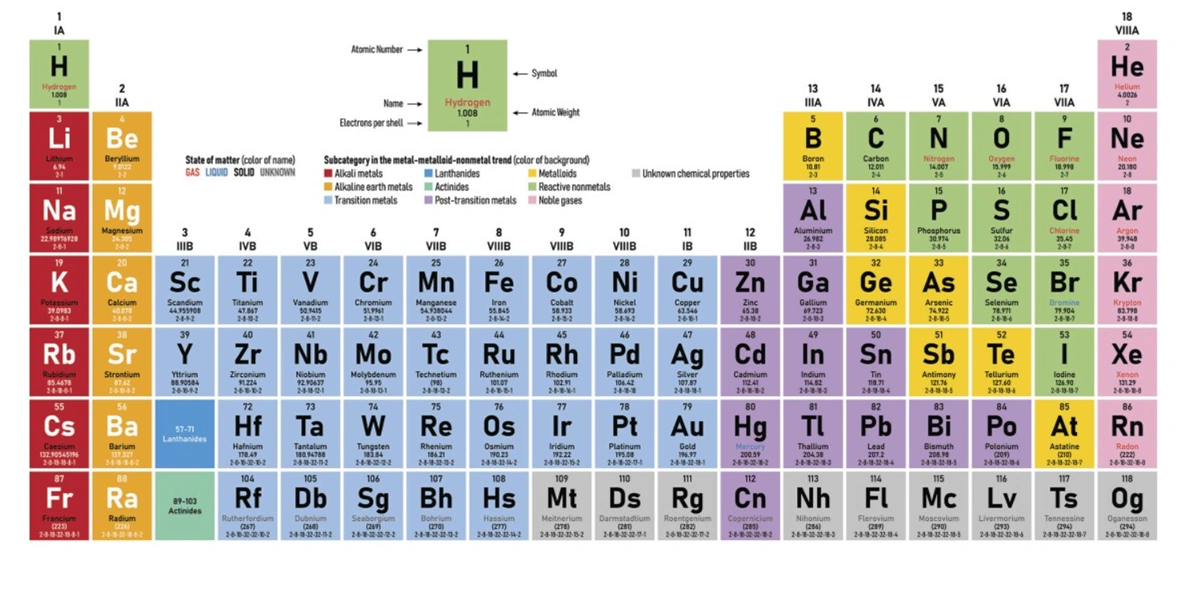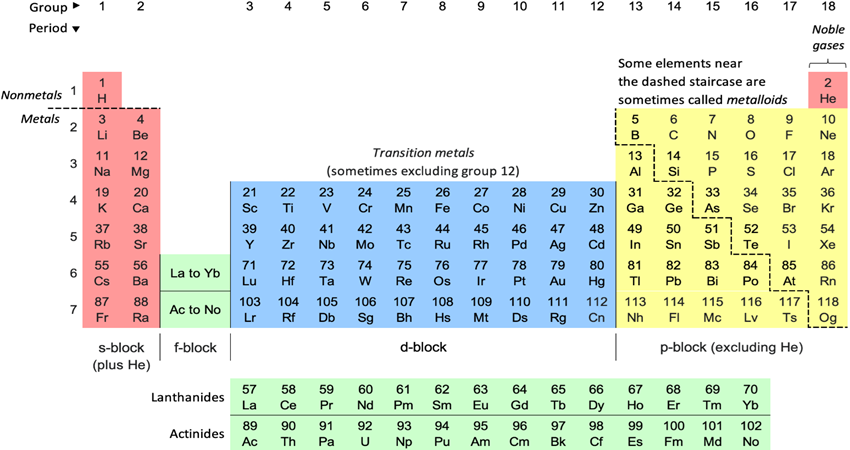Nernst equation can be used to calculate the emf of the cells when the concentration of reactants and products are known.
Let us consider a general redox reaction
Mn+ + ne– ![]() M.
M.
For any reversible reaction, the change in free energy ΔG and equilibrium constant K can be related using van’t Hoff’s isotherm as
eqn … (1)
![Rendered by QuickLaTeX.com \begin{aligned} & \Delta \mathrm{G}=-\mathrm{RT} \cdot \ln \cdot \mathrm{K}+\mathrm{RT} \ln \frac{[\text { Product }]}{[\text { Reactant }]} \\ & \Delta \mathrm{G}=\Delta \mathrm{G}^{\mathrm{o}}+\mathrm{RT} \ln \frac{[\text { Product }]}{[\text { Reactant }]}\left[\Delta \mathrm{G}^{\mathrm{o}}=-\mathrm{RT} \ln \cdot \mathrm{K}\right] \end{aligned}](https://pedagogyzone.com/wp-content/ql-cache/quicklatex.com-8d946ff996843e471125ee425e31cc83_l3.png)
where ΔG° is standard free energy change, when the concentrations of the reactants and products are unity.
We know, in a reversible reaction, the electrical energy is produced at the expense of the free energy decrease.
eqn … (2)
ΔG = -nFE and ΔG° = -nFE°
If n = number of electrons transferred, F = faraday (96500 coulombs), E= electrode potential and E° = standard electrode potential.
Thus, by substituting Eq. (2) in Eq. (1), we get,
![]()
![Rendered by QuickLaTeX.com \begin{aligned} & \text { Divide Eq. (3) by nF. } \\ & -\mathrm{E}=-\mathrm{E}^{\circ}+\frac{\mathrm{RT}}{\mathrm{nF}} \ln \frac{[\mathrm{M}]}{\left[\mathrm{M}^{\mathrm{n}+}\right]} \end{aligned}](https://pedagogyzone.com/wp-content/ql-cache/quicklatex.com-65d87cdf7bc1b2fe838452c45e84aa8a_l3.png)
As the concentration of metal is unity, Eq. (4) becomes
![]()
![]()
The equation derived above is known as Nernst equation for electrode potential.
At 25°C, this equation can be simply expressed as
![]()
(since T = 298°K, F = 96,500 C, R = 8.314°JK-1 mol-1)
Application of Nernst equations:
-
It is used to calculate emf of a cell.
-
It is used to calculate the single electrode potential.
-
It is used to calculate equilibrium constant of an electrochemical reaction.
-
It is used to predict activity of metals in acid solutions.
-
Corrosion tendency of metals in a given set of environmental conditions can be predicted.
| Read More Topics |
| Measurement of single electrode potential |
| Definition and origin of electrode potential |
| Introduction of electrochemistry |






